|
What happens when you pair a Riesling with Kama pudding? The palate explodes with a profusion of flavors while reveling in a virtual trip to Germany, Estonia, France, the Netherlands, and Belgium! How is this possible, you might ask? Read on, dear friends, and find out! Thanks to chef Adriana Urbina’s delectable Estonian Kama pudding recipe and Ernst Loosen, a wine producer whose Riesling is featured in this article, the stage is set for a magical pairing. The Wine Ernst (Erni) Loosen is the owner and 5th generation of the Dr. Loosen estate, which has been in the same family for over 200 years. Erni is considered one of the most iconic and influential Riesling producers in the world today. Since taking ownership in 1988, the estate has grown substantially. The Dr. Loosen estate is located in the village of Bernkastel in the heart of the Mosel Valley in Germany. With vines that are up to 140 years old in his best sites, Erni has transformed the vineyards by restricting crop size, prohibiting chemical fertilization, demanding strict fruit selection, and gentle cellar practices. All of the estate’s ten major vineyards are designated as Grosse Lage (grand cru). The prevalent soil types here are blue slate, red slate, and red volcanic sandstone. Dr. Loosen Erdener Treppchen GG 2018 Due to the iron-infused, red slate soil in the Erdener Treppchen vineyard, these wines are muscular and complex, with an intense mineral finish. The vineyard is so steep that a long time ago, stone steps were built into the hillside to help workers reach the vines. This wine is kept on the full lees for one year before bottling, allowing for greater texture. Although this is a dry wine, the juiciness of Riesling comes through, delivering white peach, citrus, green apple, and lots of minerality and crisp acidity. Erni says, “Old vines, steep slopes, red slate soil combined with winemaking techniques from over 100 years ago help make this wine truly unique; racy and mineral, but still balanced with a juiciness that makes you want to have another glass.” And I couldn’t agree more! Alcohol: 12.5% SRP: $54 The Pudding Adriana Urbina is an acclaimed Venezuelan chef based in New York. Her background is in fine dining and farm-driven cuisine. This, combined with her knowledge in nutrition (she completed her studies in holistic nutrition and gut health at the Institute of Integrative Nutrition in New York City), is why Chef Adriana's cooking is focused on responsibly grown and sourced local produce. She is a three-time winner of Food Network’s “Chopped” and has worked in several Michelin-starred restaurants. Adriana recently shared one of her favorite recipes, Estonian Kama Pudding with dark Belgium Chocolate. The four ingredients were sent to me along with the recipe. Each carefully selected ingredient expresses the authenticity, quality, and sustainability of European produce. Kama flour from Estonia A versatile ingredient, Kama flour is typically made from a mixture of grains such as barley, rye, oats, and peas. The grains are roasted and ground into a fine powder, producing a nutty flavor and distinctive aroma. Miel de Provence PGI, Honey from France Ooh la la! You can taste the lavender in this delectable honey. There are also subtle notes of herbs and wildflowers. Beekeepers in Provence use traditional production methods specific to this region, which include strategically placing the beehives in areas with abundant wildflowers and herbs. Milk from the Netherlands Milk production in the Netherlands is a significant part of the country’s agricultural sector and cultural identity. Approximately 96% of the milk is delivered to dairy factories to be processed into products such as cheese, butter, and yogurt. Dark chocolate Organic, from Belgium. With a long history of chocolate-making dating back to the 19th century, Belgium is renowned for its high-quality chocolate. Dark chocolate marked with the EU Organic label is made using cocoa beans grown without synthetic pesticides or fertilizer. Adriana said, “I have an unwavering preference for Belgian chocolate due to its unparalleled richness and smoothness. Sourced from the finest cocoa beans and crafted with precision by Belgian chocolatiers, it lends an irresistible depth of flavor and luxurious texture to my desserts.” This decadent dessert is easy to make and worth the wait to chill properly (about two hours) in the refrigerator. The use of parfait glasses or small ramekins makes for a festive presentation. If you would like the recipe, please email me at [email protected] Although this dessert and the Riesling are delightful to enjoy on their own, together, they forge an unforgettable treat for the palate! The Riesling’s natural high acidity and essence integrate beautifully with the pudding’s distinctive flavors, culminating in a graceful dance for the palate!
Until next time… Cheers! Penina To leave a comment or if you have an inquiry, please contact me at [email protected] It is hard to believe that one year has passed since I visited Germany. It was a magical trip immersed in breathtaking sights, memorable food and wine and the charming culture of the Franken wine region. I have longed to return and explore Germany’s other wine regions, but thanks to COVID-19, travel will have to wait. The timing couldn’t have been more perfect for a recent delivery this past week of a few Rieslings from Weingut Nik Weis St. Urbans-Hof located in the Mosel wine region of Germany. Sipping these expressive wines was a treat and made me nostalgic for the friends I made and the fabulous wines that I tasted while in Germany. Weingut Nik Weis St. Urbans-Hof is located in the village of Leiwen in the Mosel Valley. It is considered one of Germany’s premier estates with about 45 hectares of vineyards that stretch along the Mosel and Saar rivers making it the second-largest family-owned and operated winery in the Mosel. Nicolaus Weis founded the winery in 1947 and his grandson Nik Weis has been owner and winemaker since 1997. Nik changed the name of the winery from St. Urbans-Hof to Nik Weis - St. Urbans-Hof since family work and tradition are of such importance. Nik said, “For our family, wine has been at the heart of life for generations. Our deep respect for the traditions of our region remains, as ever, the guarantee for the quality of our wines. In our endeavors, we give the highest priority to maintaining the ecological balance of our vineyards, in the belief that as winemakers we must recognize and respect the fragile unity of viticulture and nature.“ This is not my first story or review of wines from Nik Weis - St. Urbans-Hof. To read more about this winery and other wines that they produce, please click “Nik Weis” on the menu at right. Mosel wine region is approximately 139 miles west of Franken. The vineyards here enjoy a continental climate with warm summers and long growing seasons, which contribute to the ripening of the grapes and help to create heightened flavors and low alcohol levels. All grapes are hand-harvested and carried from the vineyards in traditional shoulder-mounted “hottens” (containers) to guarantee optimal fruit quality. Nik stated, “Just as important as the great length taken to deliver the best possible fruit from the vineyard is the careful attention given to the proper treatment of the grapes by cellar master Rudolf Hoffmann. The grapes are lightly crushed, after which they remain on the skins for a short period to ensure the complete release of aromas into the juice. After this, the pulp of skins and juice is gently pressed and fermented in stainless steel tanks at cool cellar temperatures to fully capture the aromas, flavors and delicate natural spritz of the Riesling grape. The wines are then transferred into traditional 1000 litre 'Fuder' barrels for several months to harmonize, after which they are lightly filtered and bottled.” Urban Riesling 2019 Grapes for this wine are sourced from blue-slate vineyards located in the neighboring town of Mehring. I have tasted and reviewed the 2016 and 2017 vintages. The 2019 vintage does not disappoint! As with the past vintages, this wine is quite aromatic. Lovely notes of apple, white flowers, pear and hints of apricot and honey are mouth-watering. The palate offers lush peach, green apple, pear, and a touch of honeydew melon. Lively acidity and minerality add to this refreshing off-dry wine. Serve as an aperitif or with light fare and spicy cuisine. Alcohol: 10% SRP: $13.99 Wiltinger Kabinett 2018 Wiltinger is a village located in the Saar valley. The vineyard is on a site called Schlangengraben. It is noted for its reddish slate soil, a color that is derived from the iron content that adds minerality and spice to the wines. The vineyard was planted in 1905 and is one of the oldest in the entire Mosel region. These old vines have deep roots and produce small berries that create intense, lively, aromatic and complex wines. This wine has a VDP.Ortswein classification, meaning that it comes from a village’s best vineyards. Intoxicating aromas of floral, stone fruit, spice and a touch of smokiness set the stage for this succulent wine. The palate offers peach, apricot, pear, spice and slate minerality blended with crisp acidity. It has depth and structure with a restrained residual sweetness. Serve as an aperitif or with fish, Asian cuisine and white meat.
Alcohol: 9% SRP: $19.99 These wines are beautifully priced and I could drink them all winter long! Hopefully, one day I will be sipping these Rieslings while enjoying the scenery in the Mosel Valley! Until next time… Cheers! Penina To leave a comment or if you have an inquiry, please contact me at [email protected] I had just arrived home from a trip to the Franken wine region of Germany with my palate still singing the praises of the wines I tasted. To my delight, there was a bottle of Riesling from the Mosel wine region waiting for me at my doorstep. Although the Mosel region is a few hundred miles to the west of where I was visiting, a German Riesling is always a treat no matter which of Germany’s 13 wine regions it comes from. And this particular Riesling was no exception! Weingut St. Urbans-Hof is located in the village of Leiwen in the Mosel Valley. It is considered one of Germany’s premier estates with 40 hectares of vineyards making it the second largest family-owned and operated winery in the Mosel. Nicolaus Weis founded the winery in 1947 and his grandson Nik Weis has been owner and winemaker since 1997. I have written several stories and reviewed a number of wines from this producer that can be accessed on the menu at right. The Mosel Valley enjoys a continental climate with warm summers and long growing seasons that contribute to the ripening of the grapes, helping to create heightened flavors and low alcohol levels. Riesling grapes for the St. Urbans-Hof Bockstein Kabinett are harvested from a single vineyard consisting of 40 to 60-year-old vines from the Mosel region’s Saar Valley. Bockstein VDP Grosse Lage is a historic 136-acre site with only six producers growing vines here. Nik Weis owns 25 of these acres in the best, original section. The vineyard sits on a very steep 50 degree, south-facing slope with soils consisting of hard gravelly slate rock that have a powdery surface that is easily absorbed by the vine’s roots giving the wine lots of minerality. VDP (Verband Deutscher Prädikatsweingüter) is a national German association of wine producers committed to top-quality wine production. Under their classification system, VDP Grosse Lage is considered Top Class designating the very best vineyards of Germany within which the finest parcels have been demarcated. These wines are considered especially expressive with significant aging potential. St. Urbans-Hof 2018 Bockstein Kabinett 2018
This 100% Riesling is pale lemon and jumps out of the bottle with intense aromas of minerality/slate, soft fruit, citrus and hints of floral. A palate of refreshing peach, green apple, grapefruit, honeysuckle and minerality are the prelude to a beautiful dance between sweet and saline. This is another terroir-driven wine that clearly shows the talent of the winemaker, Nik Weis! Serve as an aperitif or pair with fish, white meats, salads and spicy food. Enjoy this wine now or it can be cellared for up to 30 years if stored properly. Alcohol: 9% SRP: $26 Within the next few weeks, I will be writing about my trip to the Franken wine region in Germany. I will introduce you to fabulous wines, cuisine and fairytale towns to explore! Until next time… Cheers! Penina To leave a comment or if you have an inquiry, please contact me at [email protected] With the hot and humid weather that recently descended upon us, it seemed like a perfect time to open two styles of perfectly chilled Rieslings that I received as samples. I have posted several stories about Weingut St. Urbans-Hof, which is located in the Mosel Valley in the village of Leiwen. Their wines are quite aromatic, intense and terroir-driven. St. Urbans-Hof is considered one of Germany’s premier estates with 40 hectares of vineyards. It is the second largest family-owned and operated winery in the Mosel. Nicolaus Weis founded the winery in 1947 and his grandson Nik Weis has been owner and winemaker since 1997. The Mosel Valley has a continental climate with warm summers and long growing seasons that contribute to the ripening of the grapes, helping to create heightened flavors and low alcohol levels St. Urbans-Hof Estate Dry Riesling 2018 QbA QbA is an acronym for “Qualitätswein bestimmter Anbaugebiete,” which means a quality wine that comes entirely from one of the 13 designated wine regions in Germany and must abide by certain conditions. The grapes for this dry Riesling were selected from fifteen parcels surrounding the winery and many of the vines are 30 to 70 years old. According to Nik, “Old vines produce wines with a finer mineral structure. That mineral structure balances the acidity to a higher extent.” Over decades, the vine roots penetrate the slate bedrock containing minerals, all of which contribute to the uniqueness of the wine. This wine is made from 100% organically farmed Riesling grapes. The color is pale straw with alluring aromas of floral, honey, citrus and stone fruit. Honeysuckle, pear, citrus and peach tease the palate along with crisp acidity, slate notes and a hint of lemon zest on the finish. I could drink this wine all summer long! Serve as an aperitif or pair with light pasta, seafood, grilled fowl and vegetables. Alcohol: 12% SRP: $18 St. Urbans-Hof Estate Riesling QbA from Old Vines The Riesling grapes for this wine are harvested from two locations. The first location is the parcels surrounding the winery of which many of the vines are 30 to 70 years old. The Leiwen plots are a combination of sand, gravel and clay sedimentary soils. The second location is a 25-acre parcel in Wittingen, located in the Saar Valley. This location has red slate soil that contains iron oxide. The iron oxide tends to give the wines a smoky, spicy nose with good structure on the palate. Nik Weis said about the 2018 vintage, “It was very good, with good quality, ripeness and yields. The wines are already quite accessible and pleasant on the palate. They have a wonderfully silky mineral structure and full-bodied, juicy taste.” This is an off-dry wine that is pale lemon and has beautiful aromas of white flowers, pear, hints of citrus and minerality. The palate welcomes subtle sweetness that segues to crisp acidity and slate. In-between, flavors of citrus, grapefruit, nectarine and spice dance around the palate. It is a very refreshing and juicy wine. Serve as an aperitif or pair with light fare.
Alcohol: SRP: $18 These are great value wines to keep on hand for the warm summer days ahead! Until next time… Cheers! Penina To leave a comment or if you have an inquiry, please contact me at [email protected]  The focus this past Sunday was on moi! My sons came for a visit to celebrate Mother’s Day. Rather than go out to a restaurant, I decided to make lunch for everyone. The lunch menu was grilled chicken tossed with arugula, romaine, sweet corn, avocado, tomatoes, cucumber and tomatoes. It was served with homemade French bread and fresh mozzarella drizzled with balsamic glaze and basil from the garden. To accompany the meal, I opened Stella Prosecco DOC, a light and refreshing sparkling wine. The wine is made with 100% Glera grapes grown in the Veneto region of Italy. The vineyard was planted in 1986 and winemaker Danilo Chini oversees the production. The fruit remains on the lees a total of 30 days with fermentation taking place in steel tanks. The wine is a light straw color with aromas of soft fruit, pear and apples. The palate offers fine bubbles, pear, green apple, white floral and subtle citrus flavors on the finish. This is an easy wine to drink with a perfect balance of sweet and dry. Serve it as an aperitif or with light fare. Alcohol: 11% SRP: $15 I’m off to Greece tomorrow for a great wine tasting! Until then…
Cheers! Penina To leave a comment or if you have an inquiry, please contact me at [email protected] This past weekend was a celebration of several events. Some friends were sipping mint juleps while watching the Kentucky Derby. Others were rejoicing with margaritas in honor of Cinco de Mayo. And then there were a few daring people celebrating World Naked Gardening Day. Hmmm…not going there. And I was popping open German Rieslings in between it all. Last summer I wrote about Weingut St. Urbans-Hof and their 2016 Urban Riesling. If you didn’t have a chance to read it, here is a quick recap. Nik Weis is the proprietor and winemaker at Weingut St. Urbans-Hof since 1997. Nik is third generation; his grandfather, Nicolaus Weis, founded the winery in 1947. The estate is named after St. Urban, the patron saint of vineyard workers and winemakers. It is located in the Mosel Valley, in an area called Leiwen. St. Urbans-Hof is considered one of Germany’s premier estates with 40 hectares of vineyards. Nik created ‘Urban’ a few years ago, using grapes sourced from nearby non-estate vineyards of excellent quality. The soils are sedimentary, giving the Urban Rieslings a unique and delicate balance of acidity, minerality and juicy sweetness. A small portion of grapes is harvested in the Wiltinger Schlangengraben, where the vines mature atop red slate in the singular Saar climate. The 2017 Urban Riesling is a pale straw color and very aromatic with notes of peach, white flowers and honey which segue onto the palate. Pear, melon, lots of minerality and lively acidity join the parade of flavors that tingle the palate. This is a refreshing and balanced wine. Easy to drink as an aperitif or with light fare. Alcohol: 10% SRP: $15 I also opened a Weingut Adolf Störzel Riesling from Rüdesheim am Rhein located in the Rhine Valley, approximately 96 miles east of Leiwen. Rüdesheim am Rhein is a winemaking town and part of the UNESCO World Heritage Site. Unfortunately, I don’t have much information about the winery or vineyards, as their website only seems to promote wine tastings and dining in their restaurant. In fact, I’m not sure the wines are available in the USA or other countries; a friend brought this bottle home from a trip to Germany. However, it was fun for me to open a Riesling from Mosel and Rheingau. Adolf Störzel 2016 Rüdesheimer Kirchenpfad Riesling Kabinett Troken is a pale straw color and seductively aromatic with citrus, floral and apple. The acidity is jumping and the palate offers citrus, pear, peaches, honeysuckle, lime and minerality. The wine is beautifully balanced and dances on the palate. Pair with light dishes or drink as an aperitif…if you can find this lovely wine! Alcohol: 11.5% Until next time!
Cheers! Penny To leave a comment or if you have an inquiry, please contact me at [email protected] The heat and humidity were relentless this weekend and mercilessly attached itself to every fiber of my being. As the sun finally made its way slowly over the horizon on Saturday evening, my thoughts turned to opening a cool and refreshing bottle of wine. Thankfully, I always keep several bottles in the refrigerator and my choice on this sultry evening was easy. I opted for the ‘Nik Weis Selection’ Urban Riesling. Nik Weis, proprietor and winemaker, is the third generation to run Weingut St. Urbans-Hof, which was founded by his grandfather, Nicolaus Weis, in 1947. The estate is named after St. Urban, the patron saint of vineyard workers and winemakers. Located in the Mosel Valley, in an area called Leiwen, St. Urbans-Hof is considered one of Germany’s premier estates with 40 hectares of vineyards. Nik created ‘Urban’ a few years ago, using grapes sourced from nearby non-estate blue slate vineyards of excellent quality. The blue slate soil retains heat from the sun, protecting the vines in this cool climate region. And, the stony slate gives the Urban Rieslings a unique and delicate balance of acidity, minerality and juicy sweetness. The 2016 Urban Riesling made me sit up and pay attention. This is a lively wine! It is the color of pale straw with inviting aromas of apple, lime, pear, pineapple and floral notes. The palate offers succulent flavors of peach, pear, lime and green apple with subtle hints of blue slate that blend beautifully, leaving a very pleasant and mid to long finish. The Urban Riesling is perfectly balanced, refreshing and graceful with just the right amount of sweetness. I served it as an aperitif, but needless to say, this wine is food friendly and can be paired with many types of cuisine. Alcohol: 10% SRP: $15 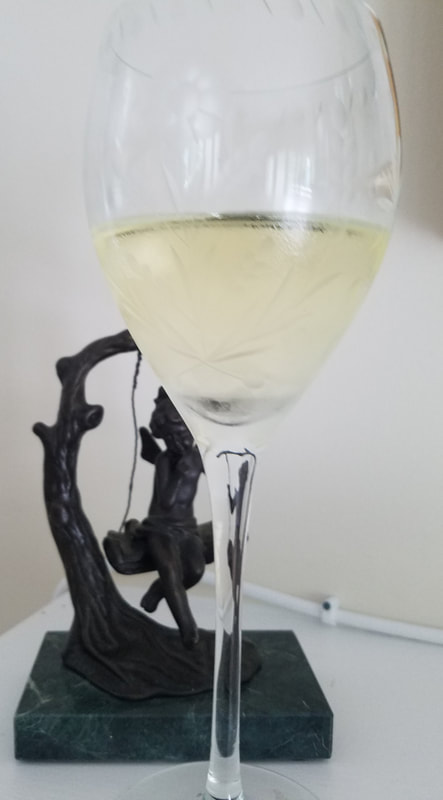 I need to stock up on more Urban Rieslings! Yummy! Cheers! Penina  In between my exploring and tasting wines from South America of late, I made an “imagined” pit stop in Germany over the weekend. 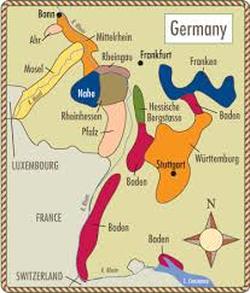 While dining at a friend’s home, I was served a 2013 Dr. H Thanisch Berncasteler Doctor Riesling Auslese, Mosel, Germany. The Mosel wine region is the most famous of Germany’s 13 official wine regions and the 3rd largest in the production of wine. This region is best known for its Riesling wines. The first vineyards were planted along the Mosel River by the Romans around the second century. 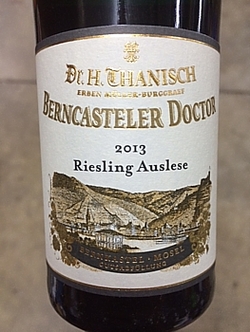 I’ve had the opportunity to drink Berncasteler Doctor over the years and have never been disappointed. This was no exception. The aromas of apricots, peaches and pineapple made me swoon. The palate was rich with juicy fruit, hints of spice and had a silky texture. The finish was long with more tropical fruit and lemon zest tickling the palate. Alcohol: 9% To quote from their website: “The legendary Berncasteler Doctor vineyard is located behind the village Bernkastel and is one of the most famous vineyards in Germany. This 100% steep site with a South-South-West orientation consists of medium deep, stony, loamy weathered argillaceous schist. Planted with up to 80 year old vines, full-bodied, spicy wines are grown here.” Visit the website at: http://www.dr-thanisch.de/en/ My plane is leaving and I must run!
Happy Tuesday Cheers! Penina |
Categories
All
|

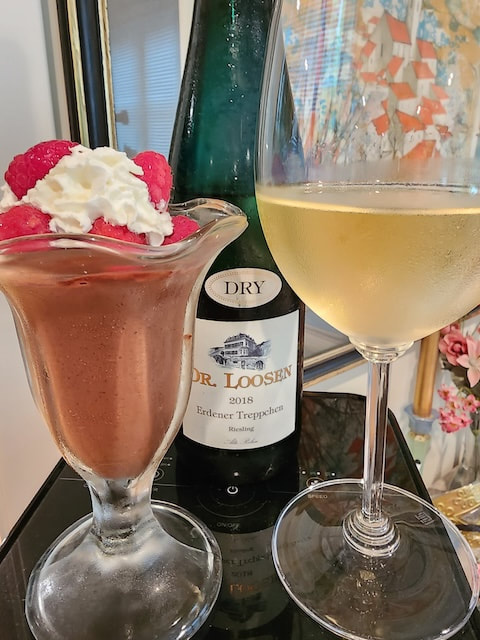
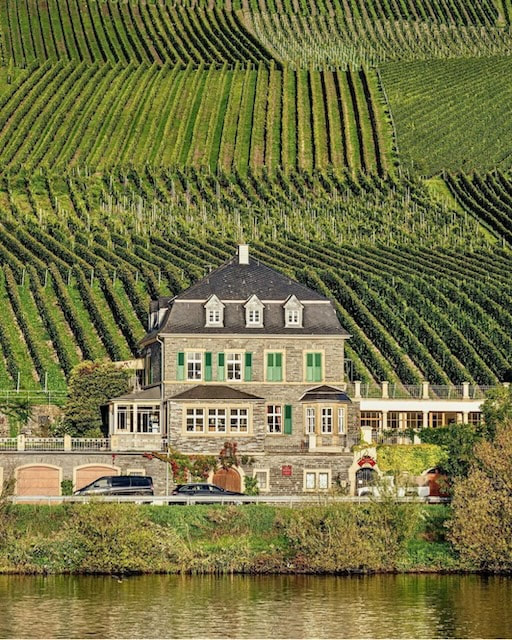
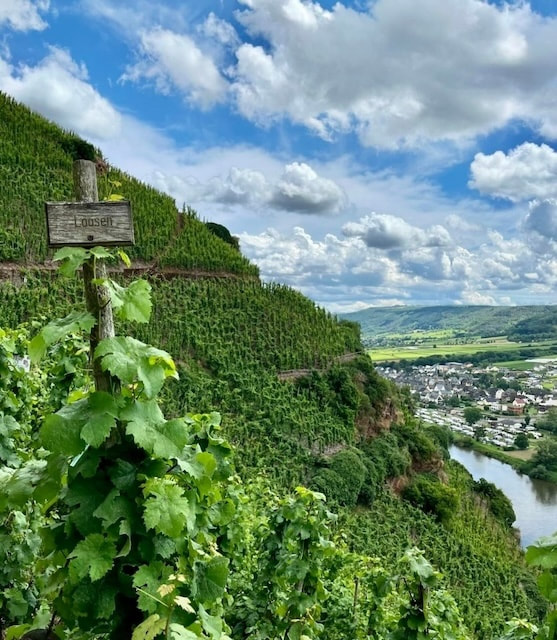

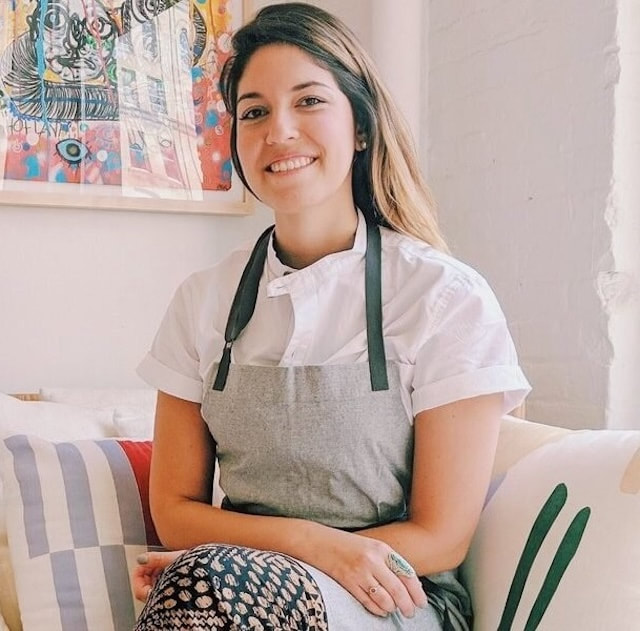
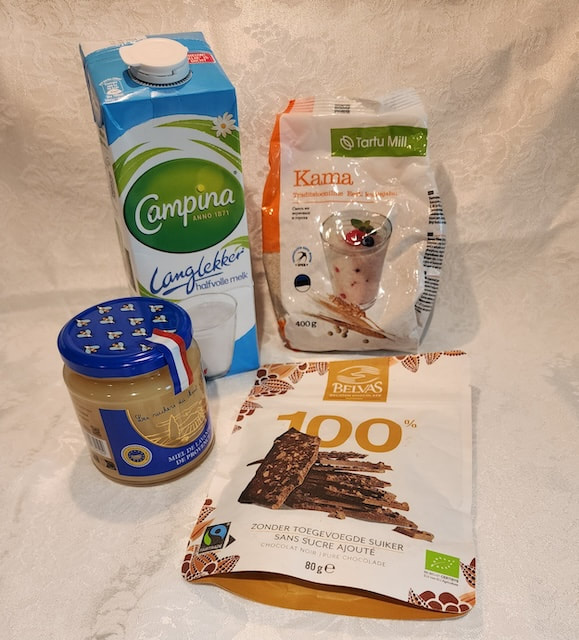
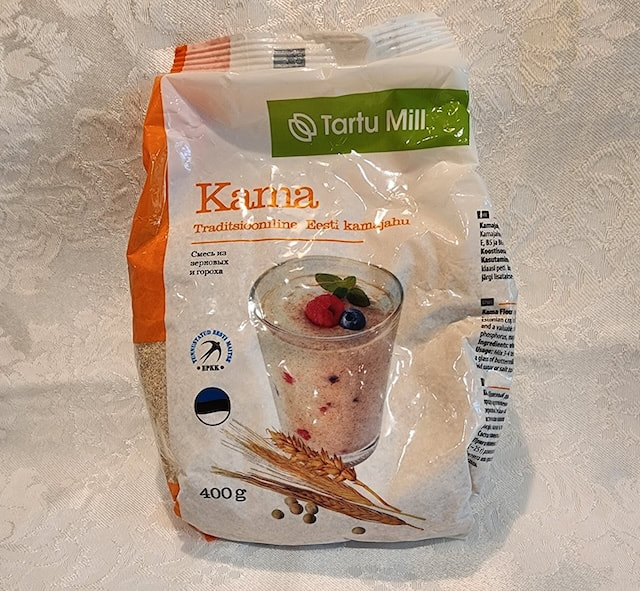
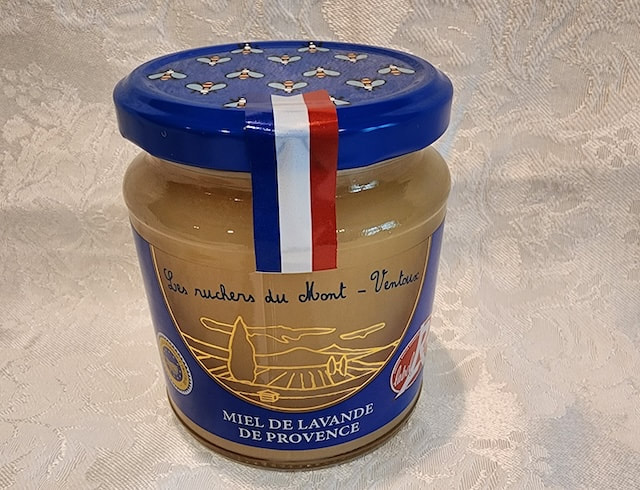
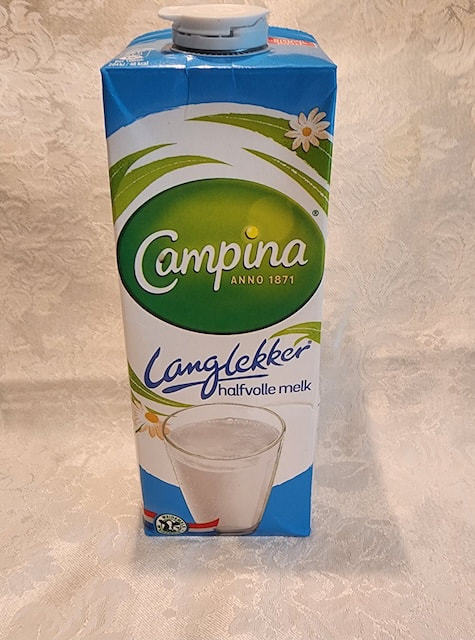
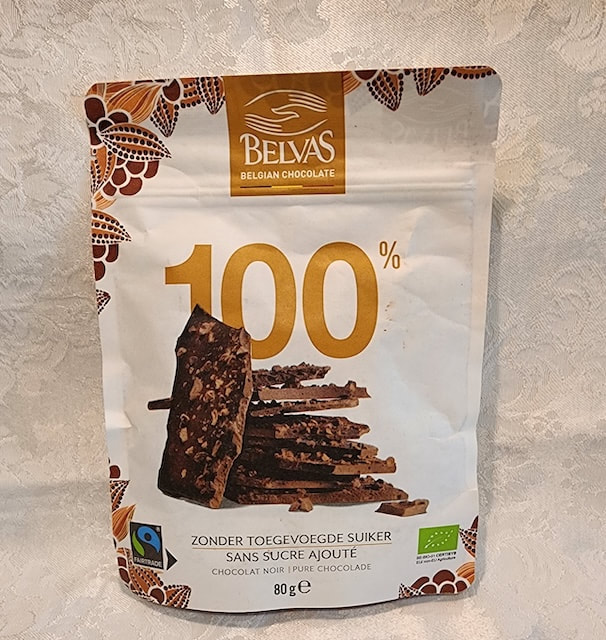
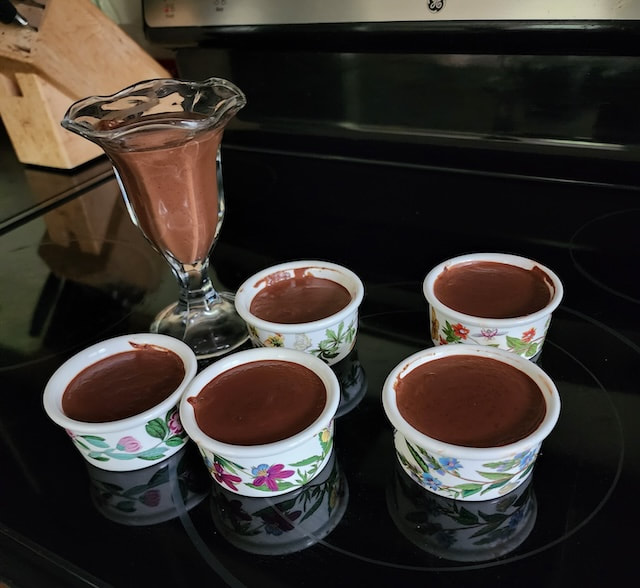
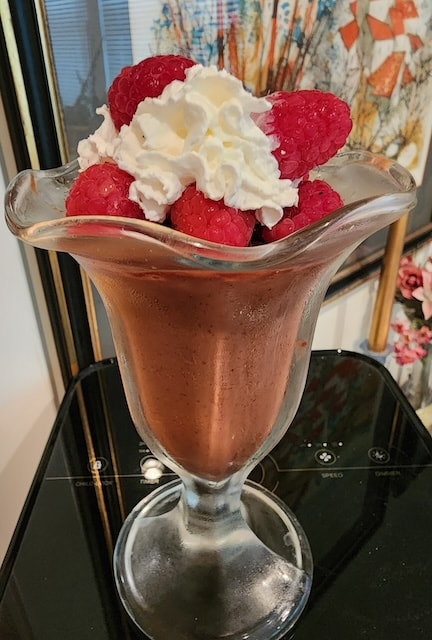
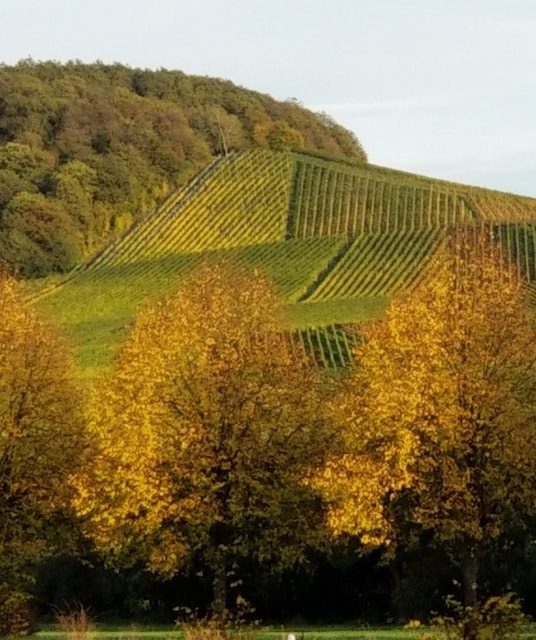
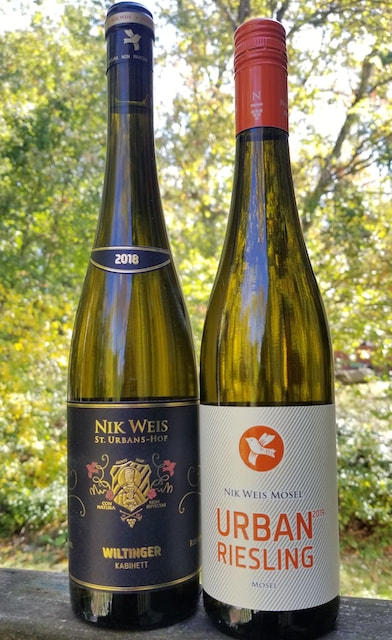
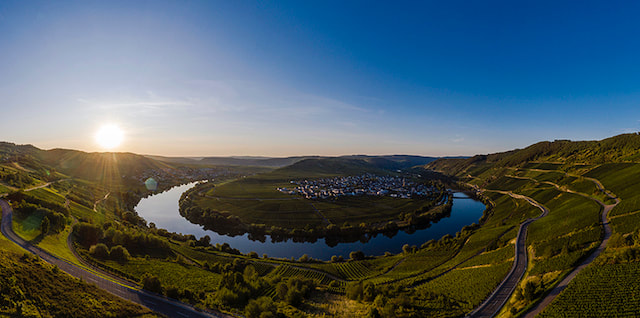
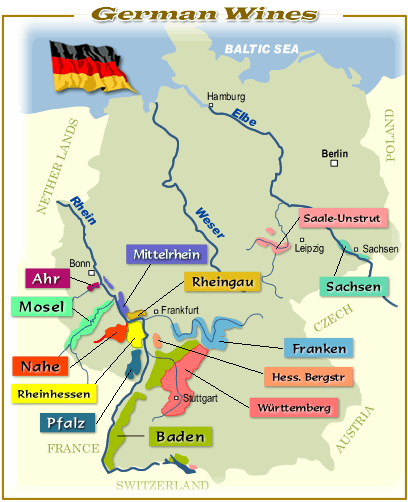
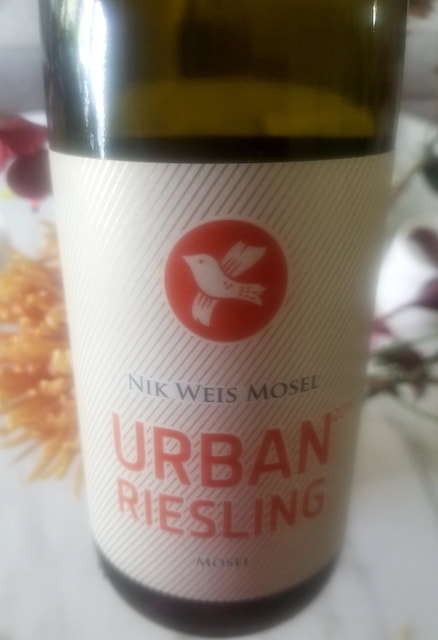
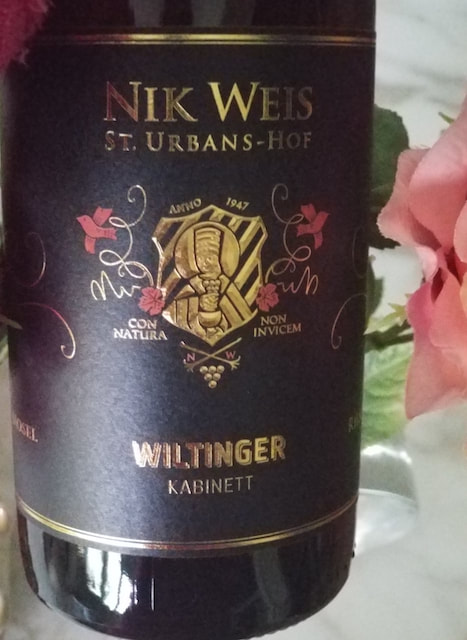
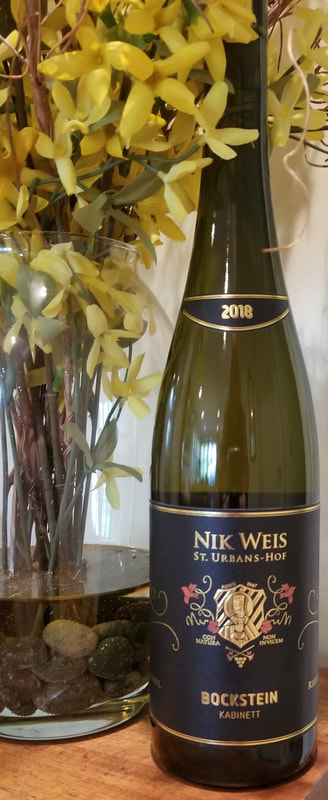
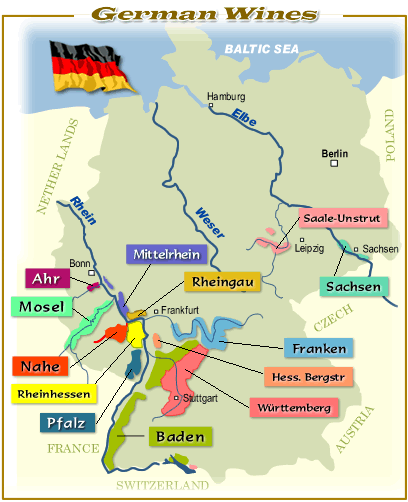
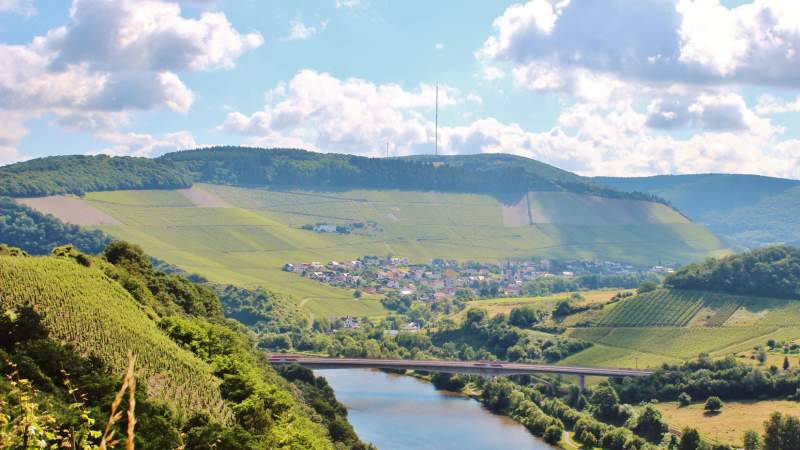
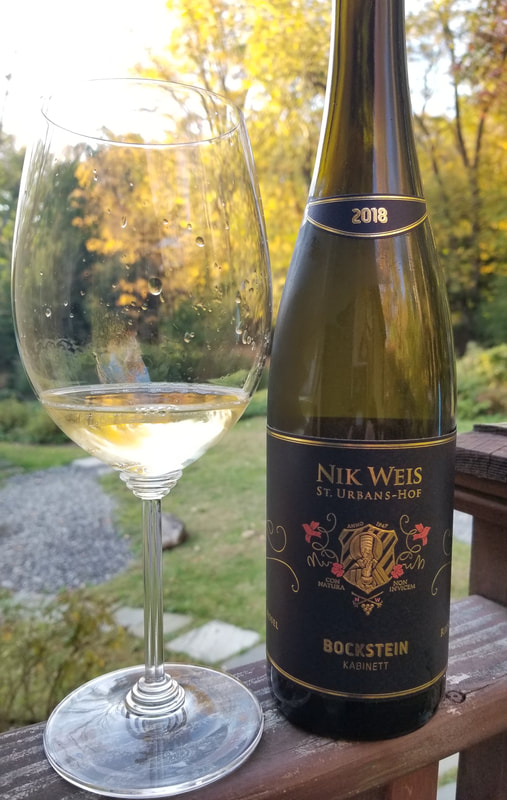

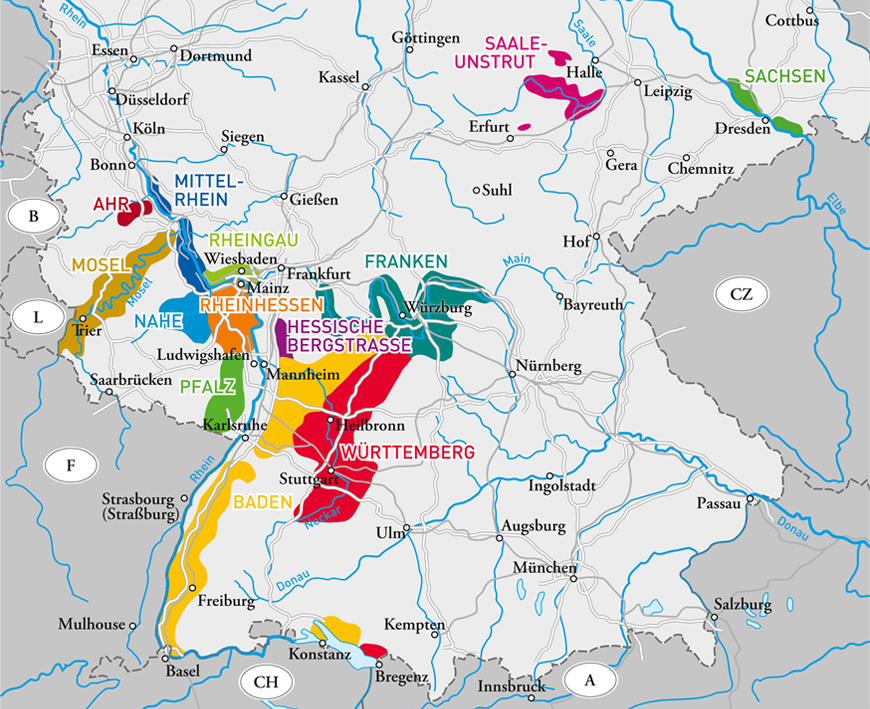
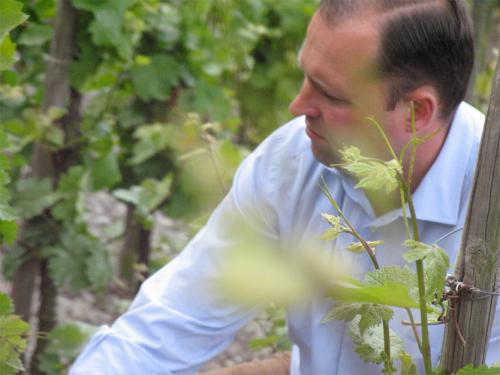
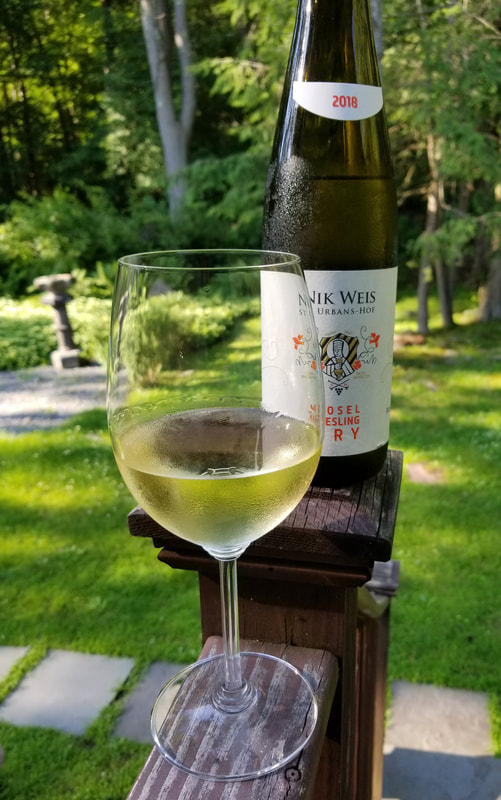
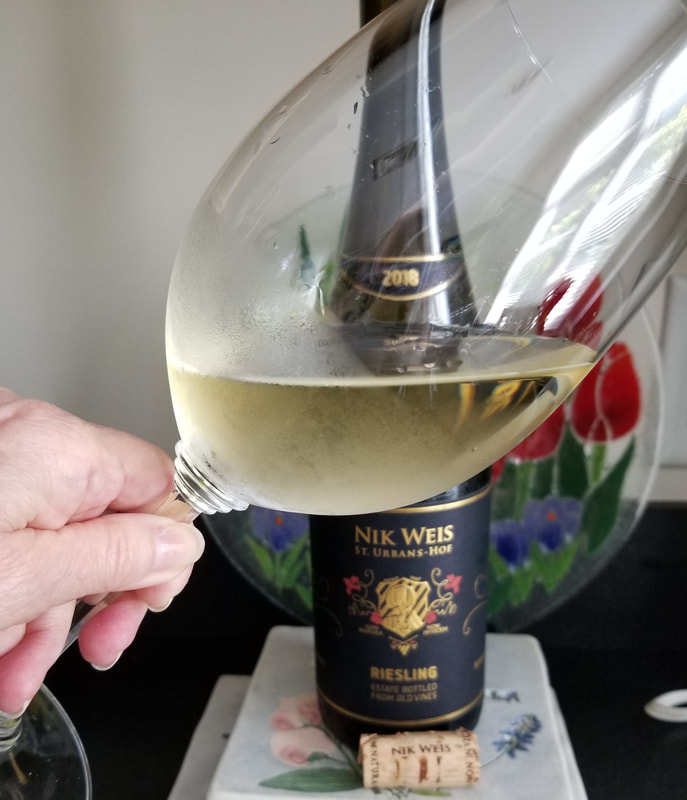
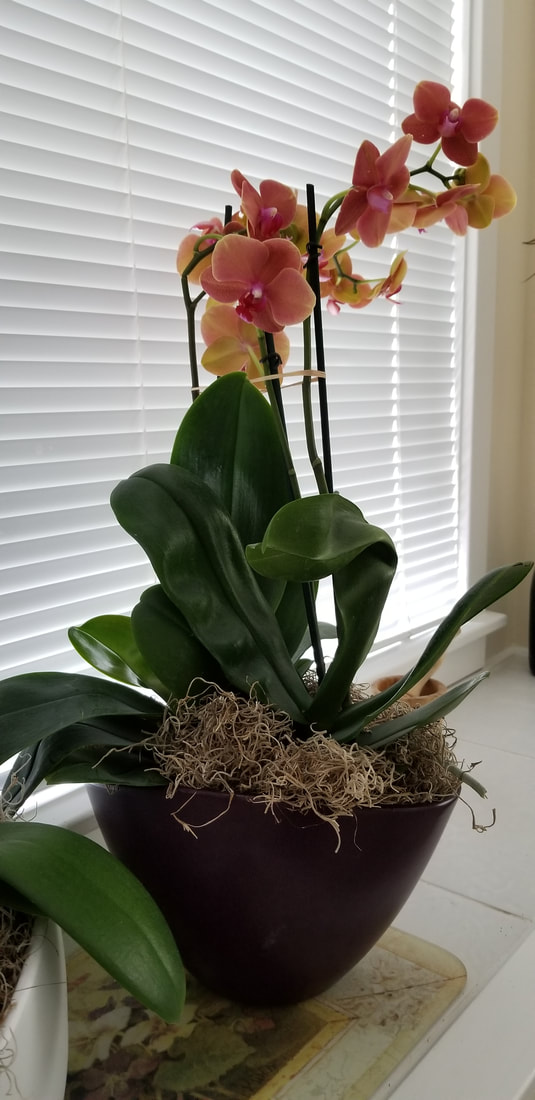
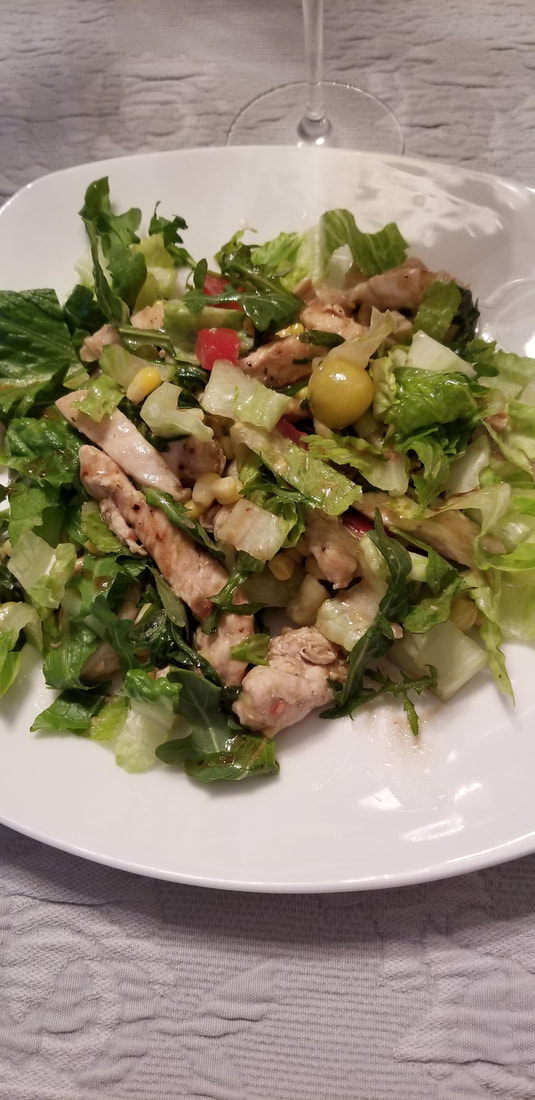
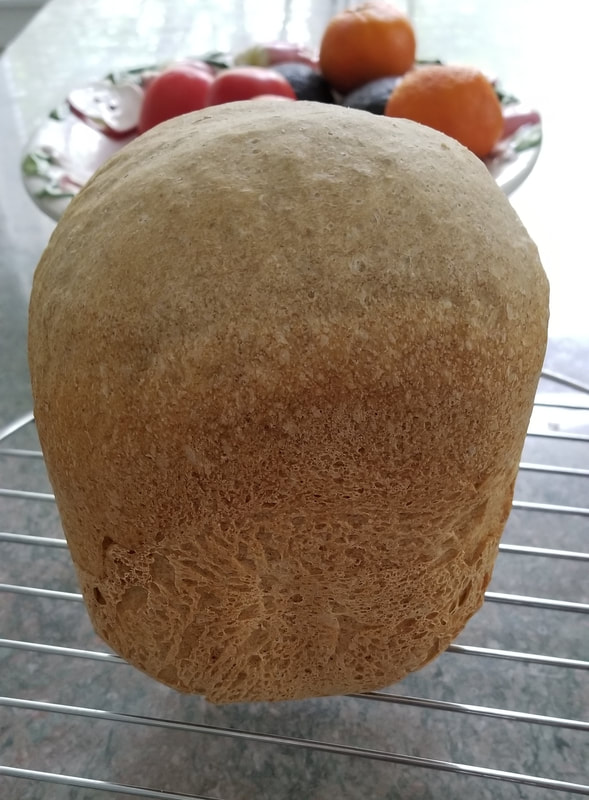
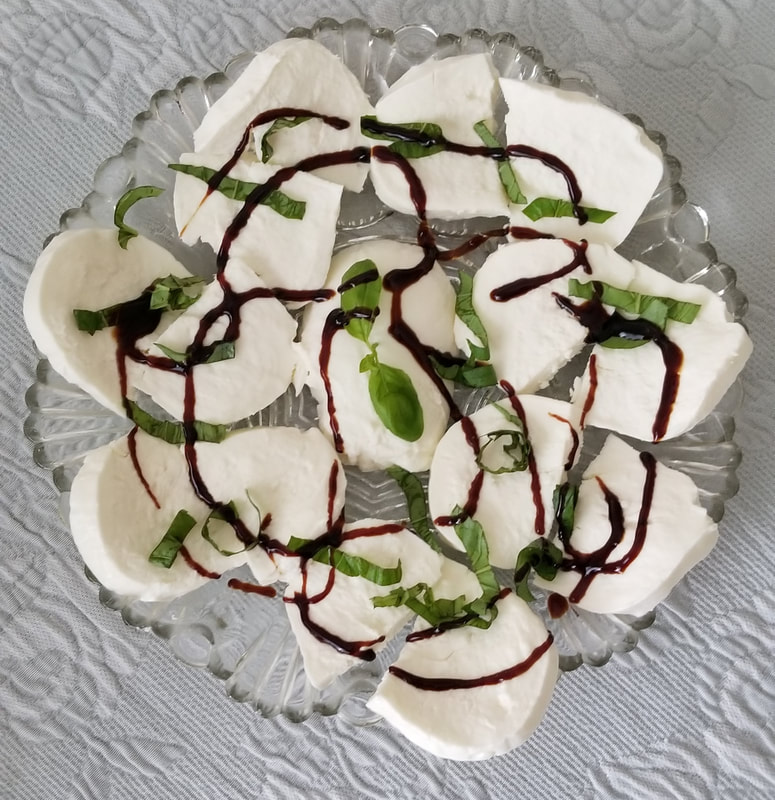
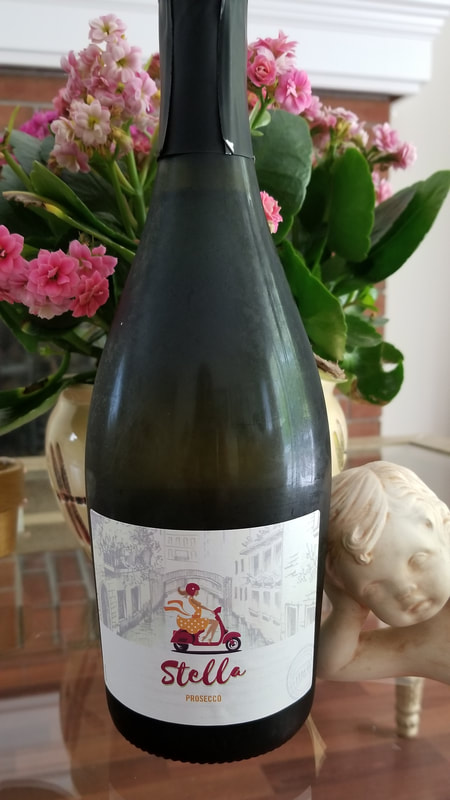
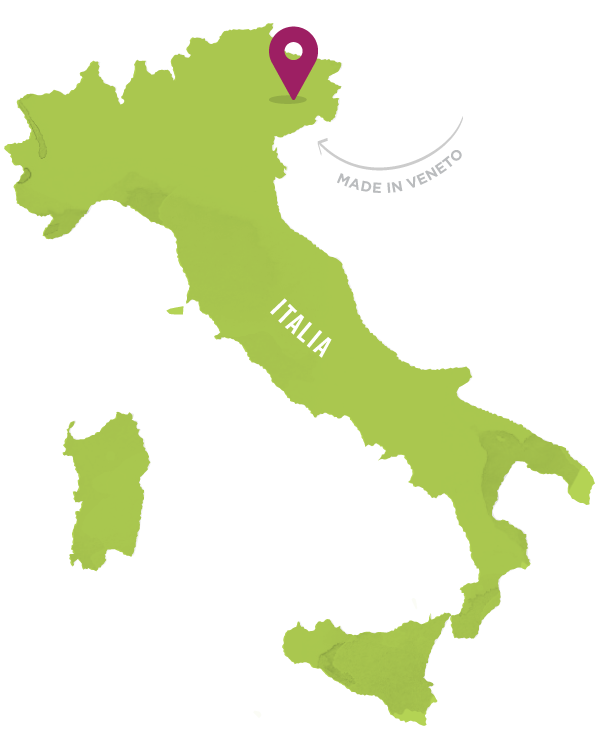
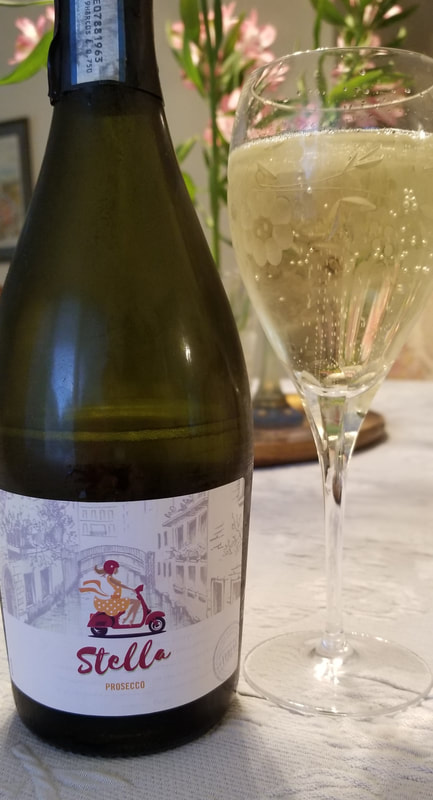
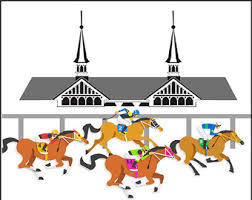
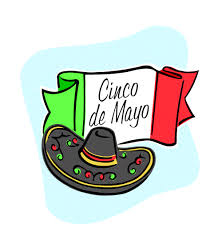
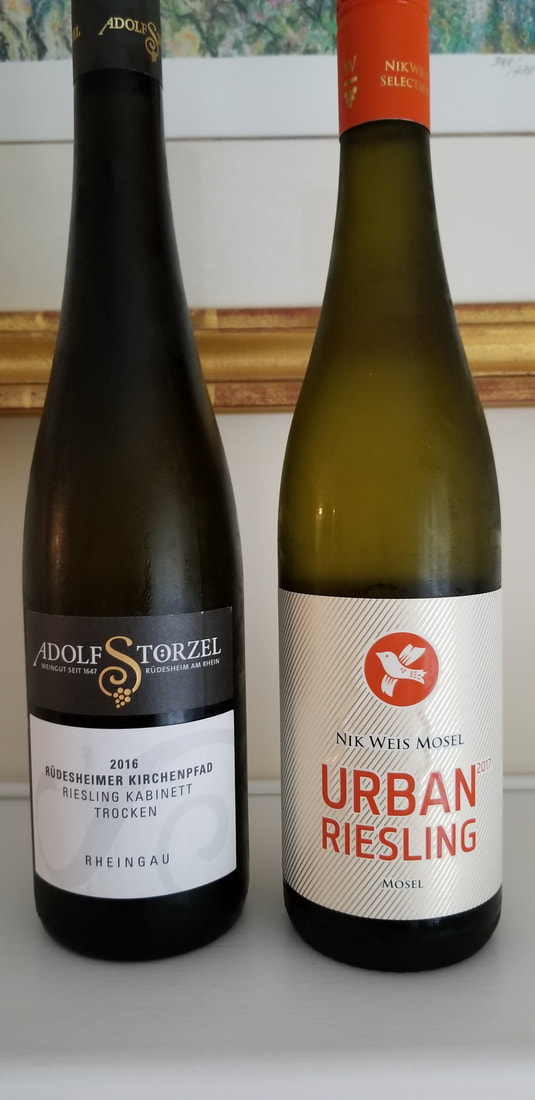
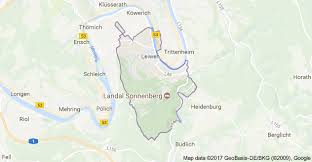
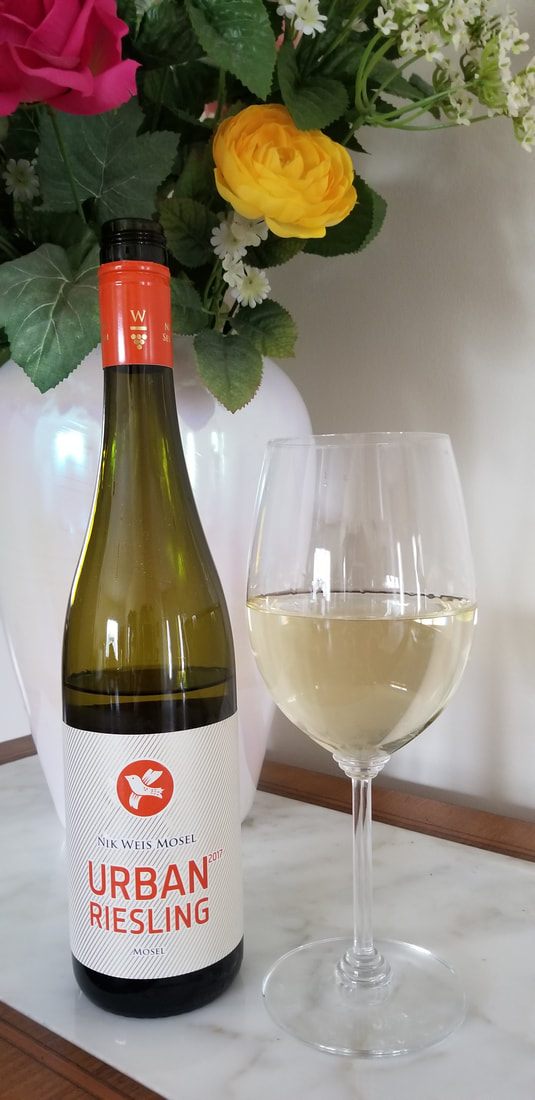
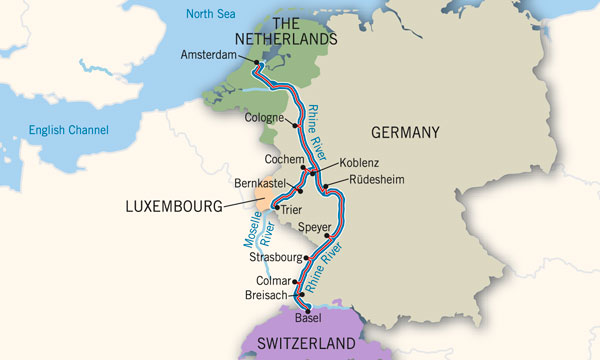
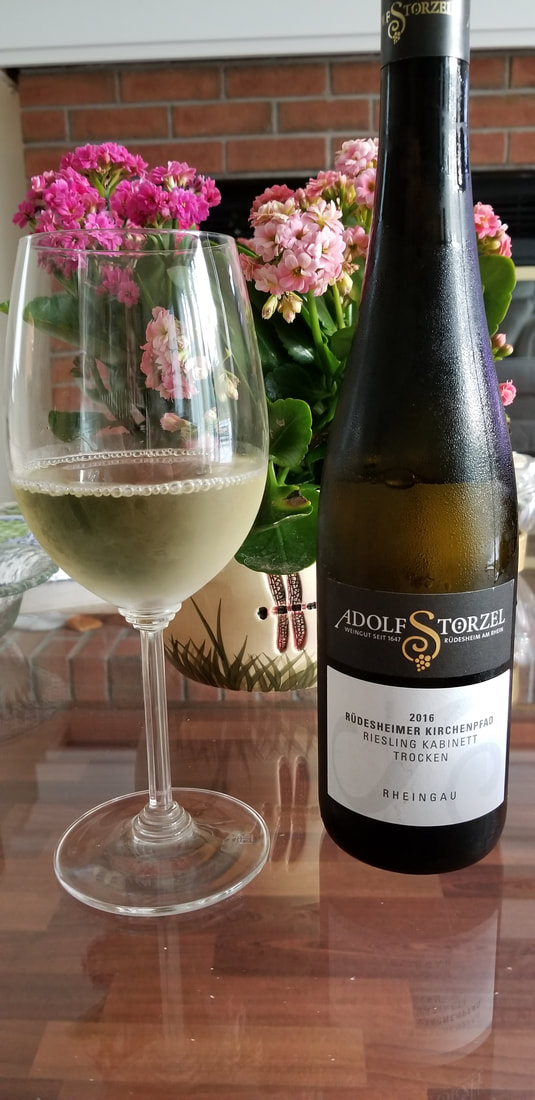
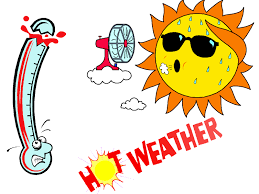
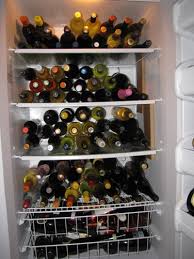

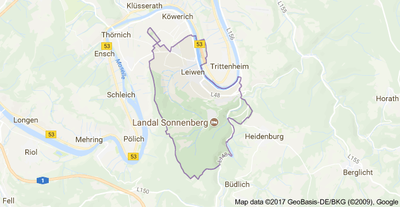
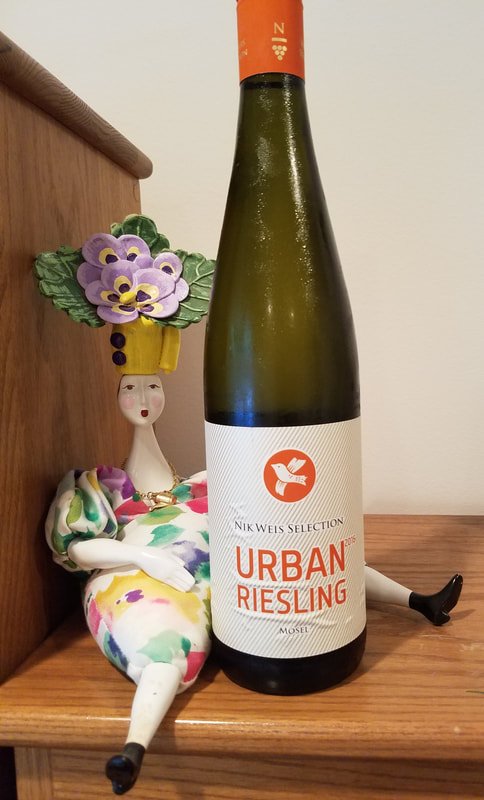
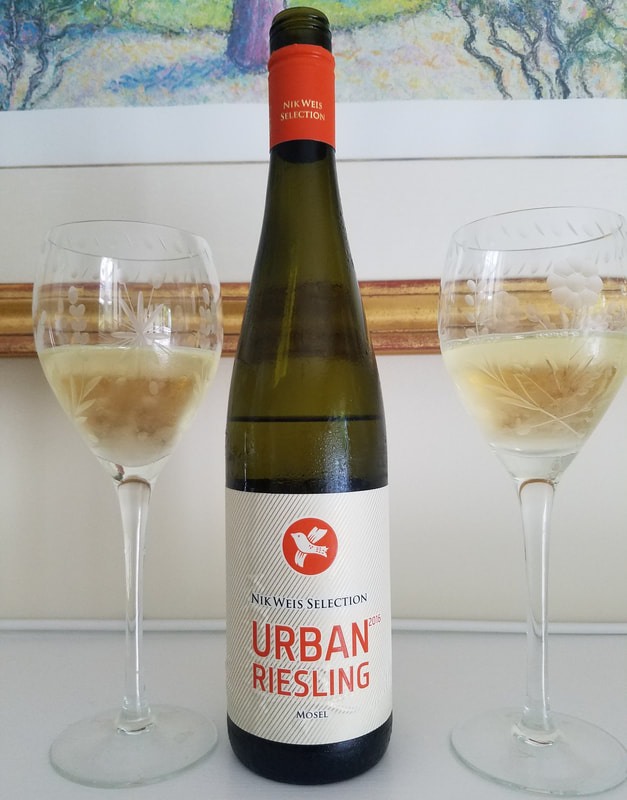
 RSS Feed
RSS Feed